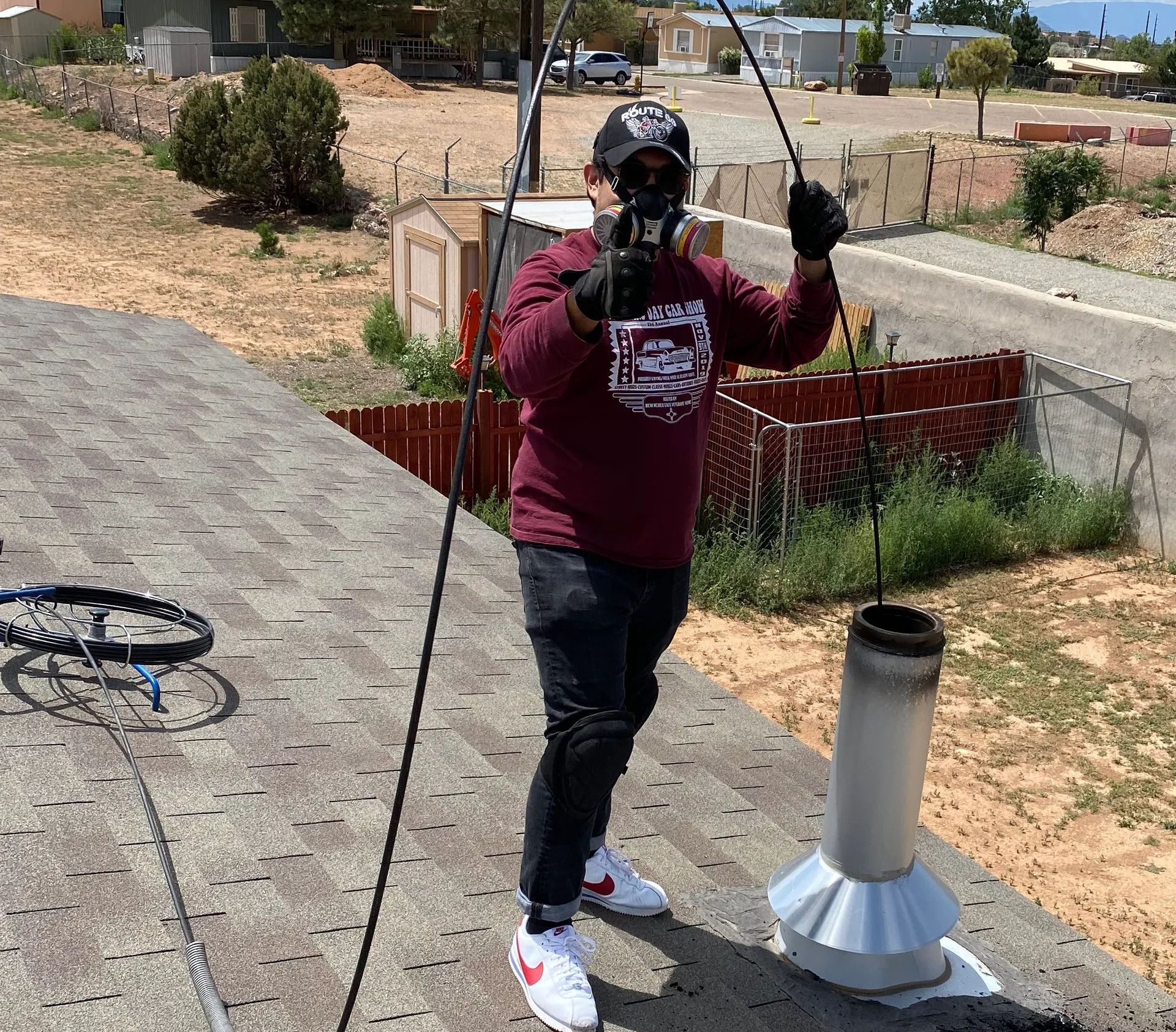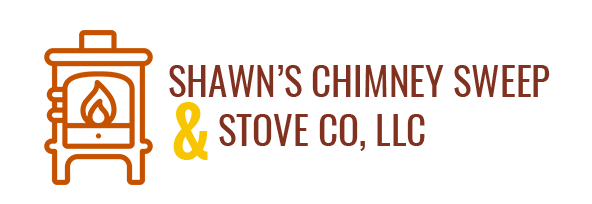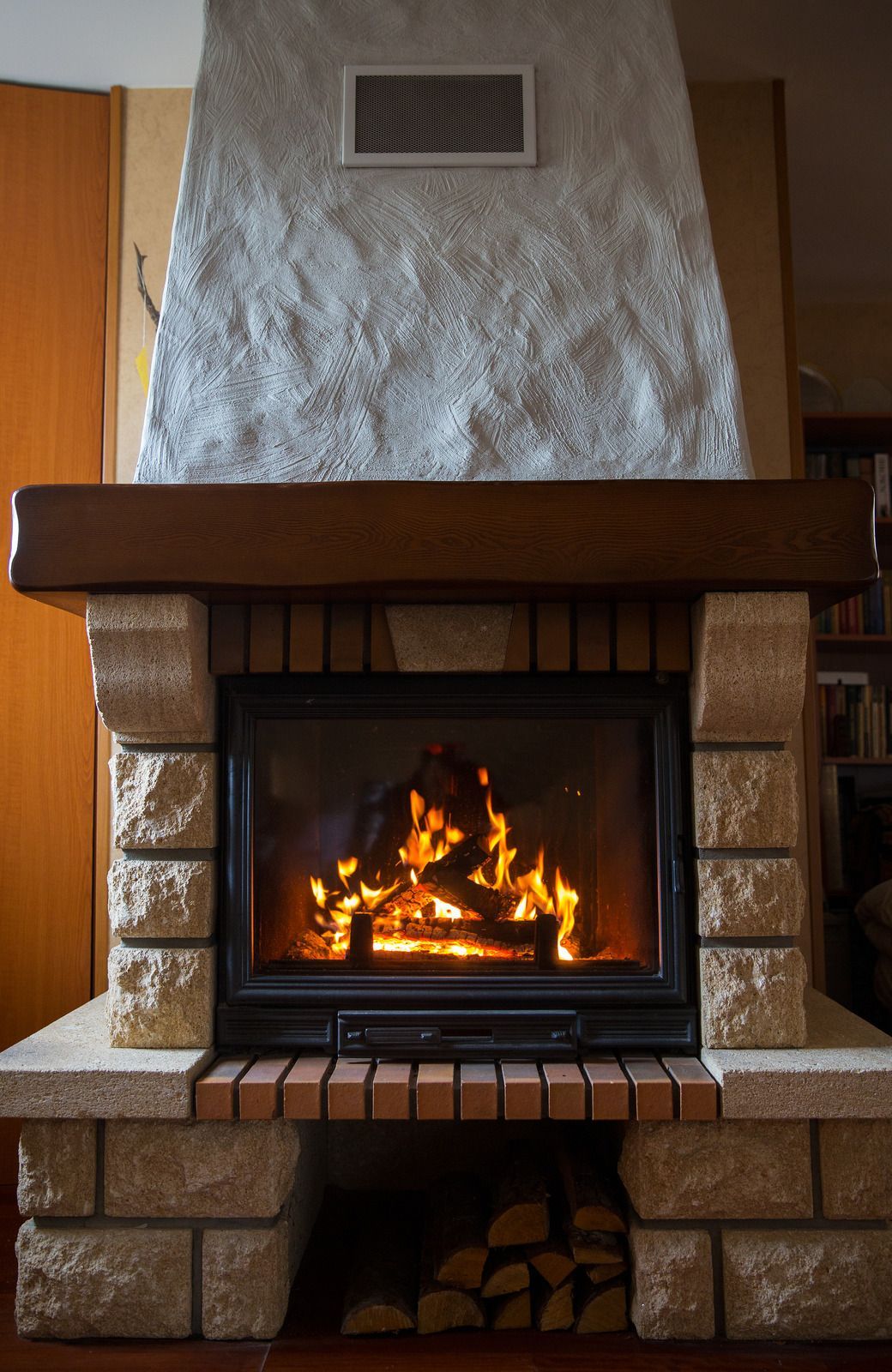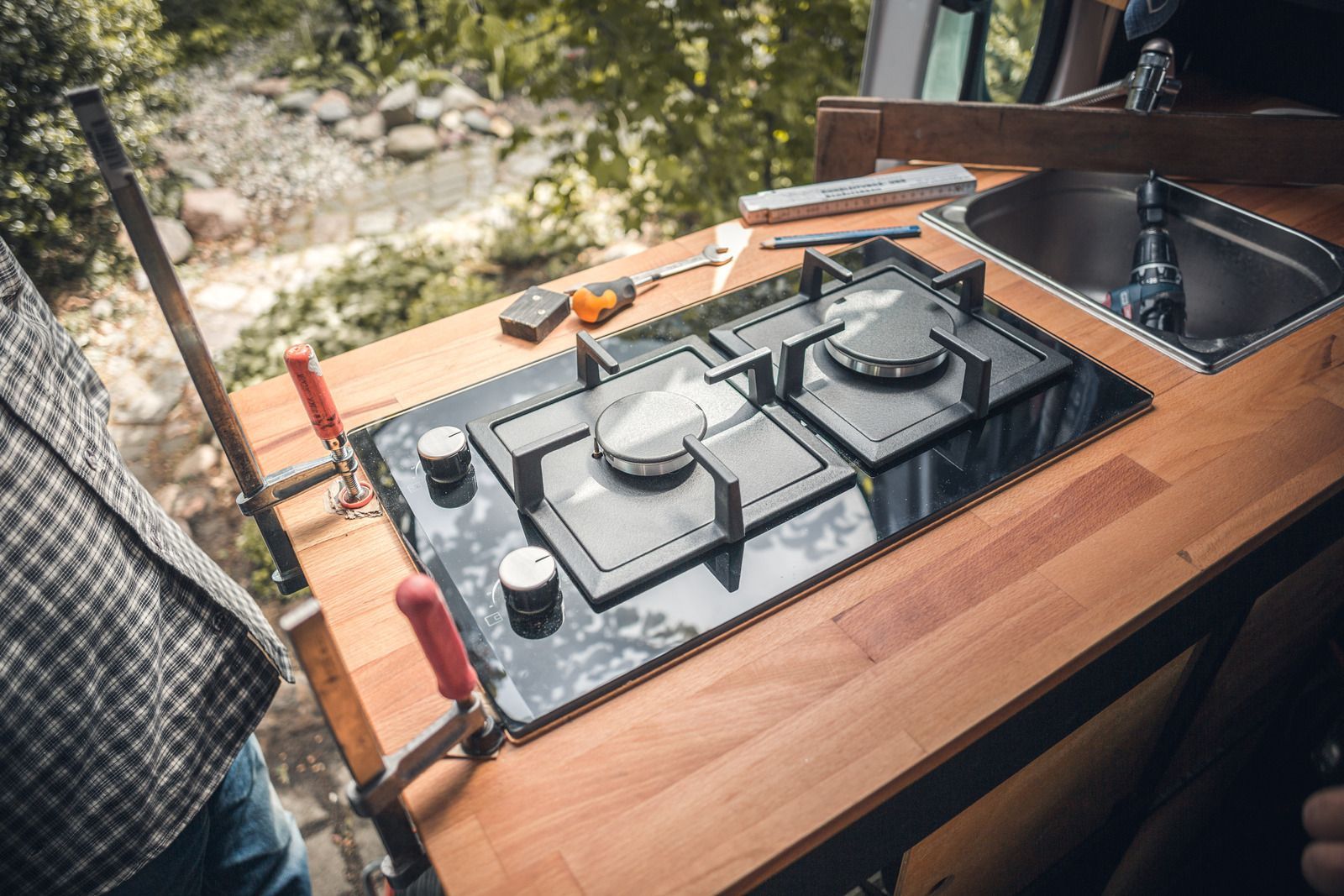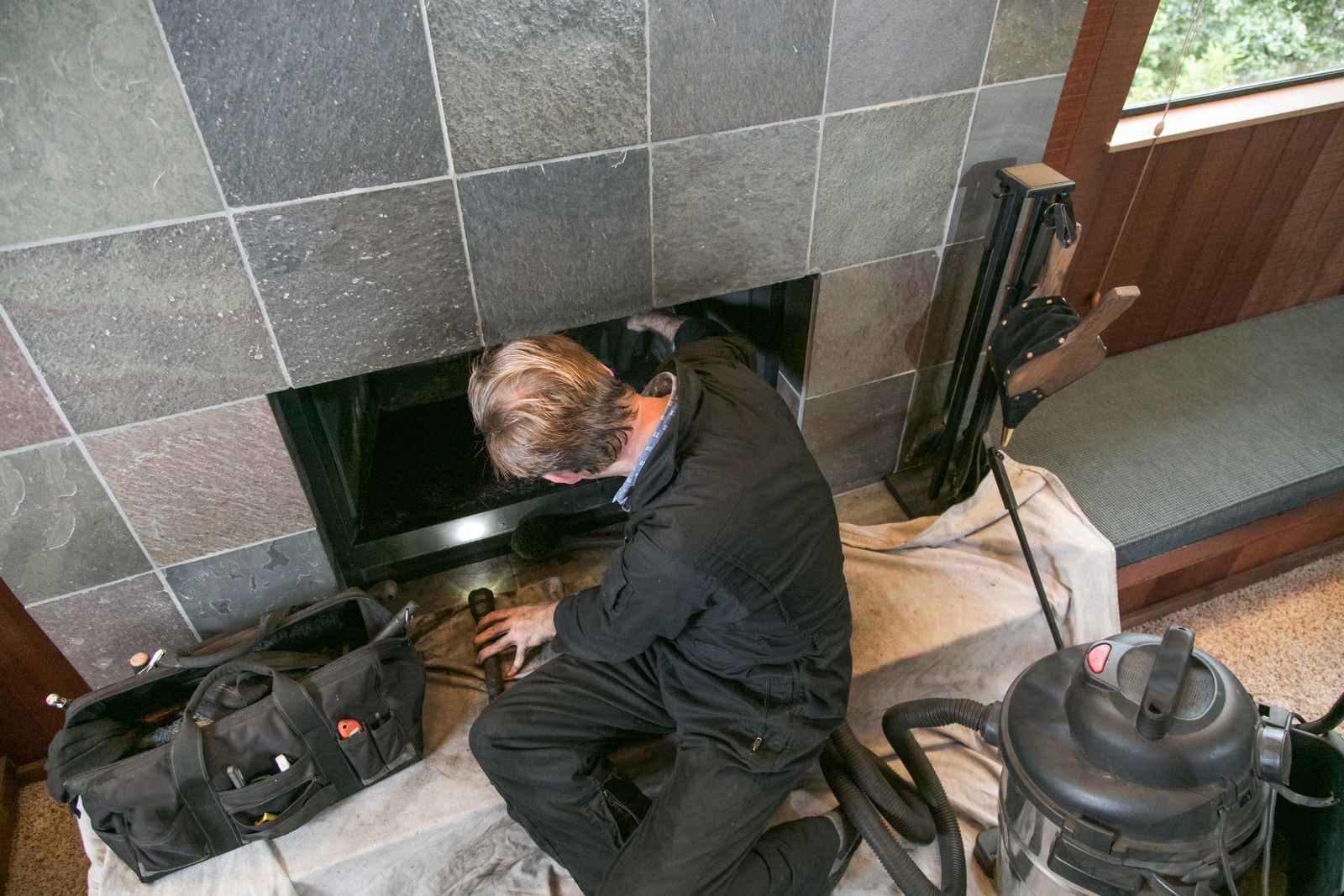What Does a Chimney Inspection Include? A Step-by-Step Guide
A chimney inspection is essential for maintaining a safe and efficient fireplace or heating system. Understanding what a chimney inspection entails and the different levels of inspection can help homeowners prepare for the process. This guide breaks down the steps involved and what to expect during a professional chimney inspection.
Why Chimney Inspections Matter
Chimney inspections identify potential issues like blockages, structural damage, or creosote buildup, which can pose fire hazards or lead to carbon monoxide leaks. Regular inspections ensure your chimney operates safely and complies with local codes. The National Fire Protection Association (NFPA) recommends annual inspections, regardless of how often you use your fireplace.
Levels of Chimney Inspections
Chimney inspections are categorized into three levels, based on the depth of examination required:
Level 1: Basic Inspection
A Level 1 inspection is the most common and recommended for chimneys in regular use with no known issues. The inspector examines readily accessible areas, including the fireplace, chimney exterior, and visible portions of the flue. Using tools like flashlights and mirrors, they check for creosote buildup, obstructions, and basic structural integrity. This inspection is non-invasive and typically takes 30–60 minutes. Homeowners should expect a report detailing the chimney’s condition and any minor maintenance recommendations, such as sweeping.
Level 2: In-Depth Inspection
A Level 2 inspection is more thorough and required when there are changes to the chimney system, such as a new appliance installation, or after events like a chimney fire or earthquake. It includes everything in a Level 1 inspection, plus a detailed examination of the chimney’s interior using specialized tools like a video camera. Inspectors assess the flue lining, masonry, and hidden components for cracks or deterioration. This level may also involve checking the attic or crawlspaces to evaluate the chimney’s structure. Expect this process to take 1–2 hours, with a comprehensive report outlining necessary repairs.
Level 3: Comprehensive Inspection
A Level 3 inspection is rare and reserved for situations where serious structural concerns are suspected, often requiring invasive measures. It includes all aspects of Level 1 and 2 inspections but may involve removing parts of the chimney or surrounding walls to access concealed areas. This level is typically recommended after significant damage, such as from a major storm or fire. The process can take several hours and may require coordination with contractors. Homeowners receive an extensive report with detailed repair plans.
What to Expect During the Inspection
Before the inspection, clear the fireplace area of decorations or debris. The inspector will arrive with tools like cameras, brushes, and ladders to access the chimney. They’ll evaluate the chimney’s condition, check for code compliance, and discuss any concerns with you. After the inspection, you’ll receive a report summarizing findings and recommendations, such as cleaning or repairs. Be prepared to ask questions about maintenance or safety tips.
Keep Your Chimney Safe with Regular Inspections
Regular chimney inspections are crucial for preventing hazards and extending the life of your chimney. By understanding the inspection levels and process, homeowners can make informed decisions about their chimney care. For expert service in Santa Fe, New Mexico, trust Shawn's Chimney Sweep & Stove Company. With 40 years of experience, our team ensures your chimney is safe and functional. Contact us today to schedule your inspection!
